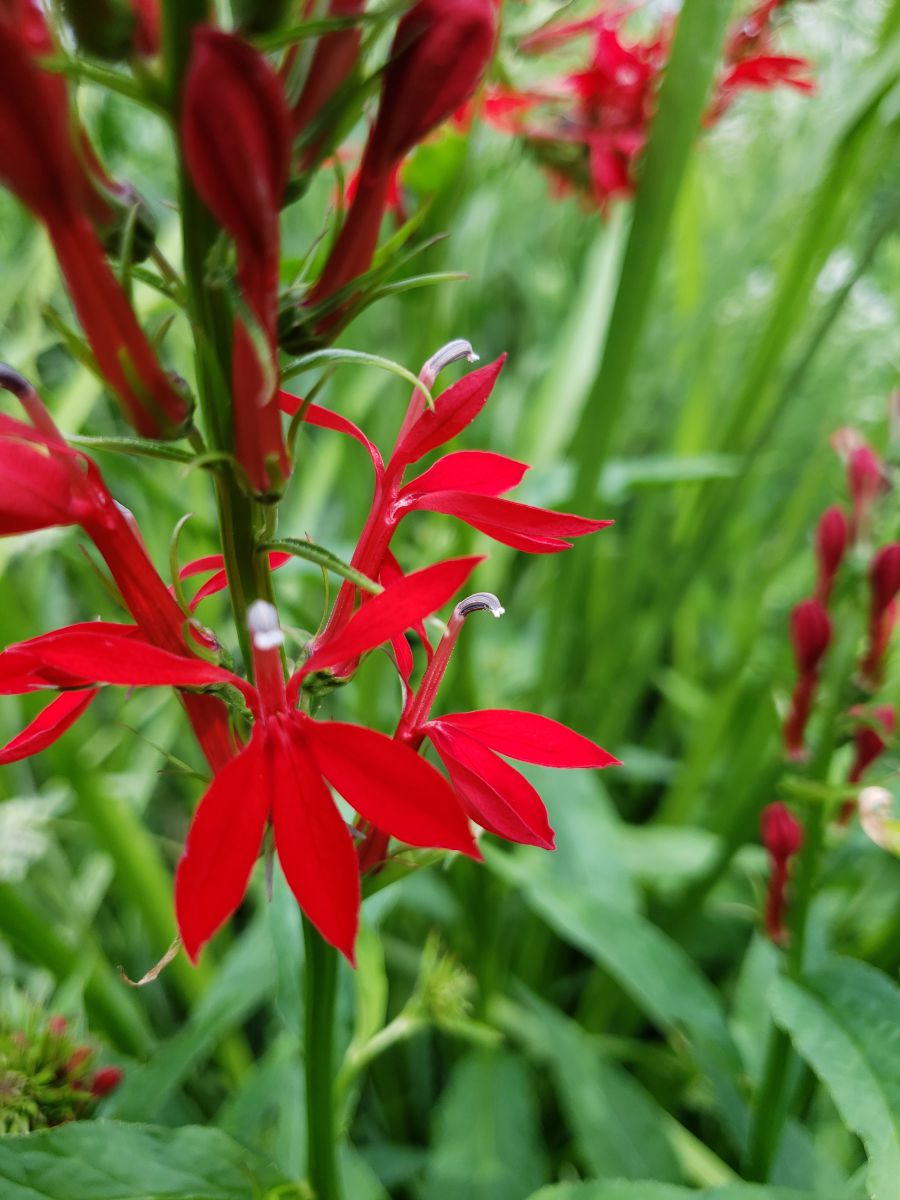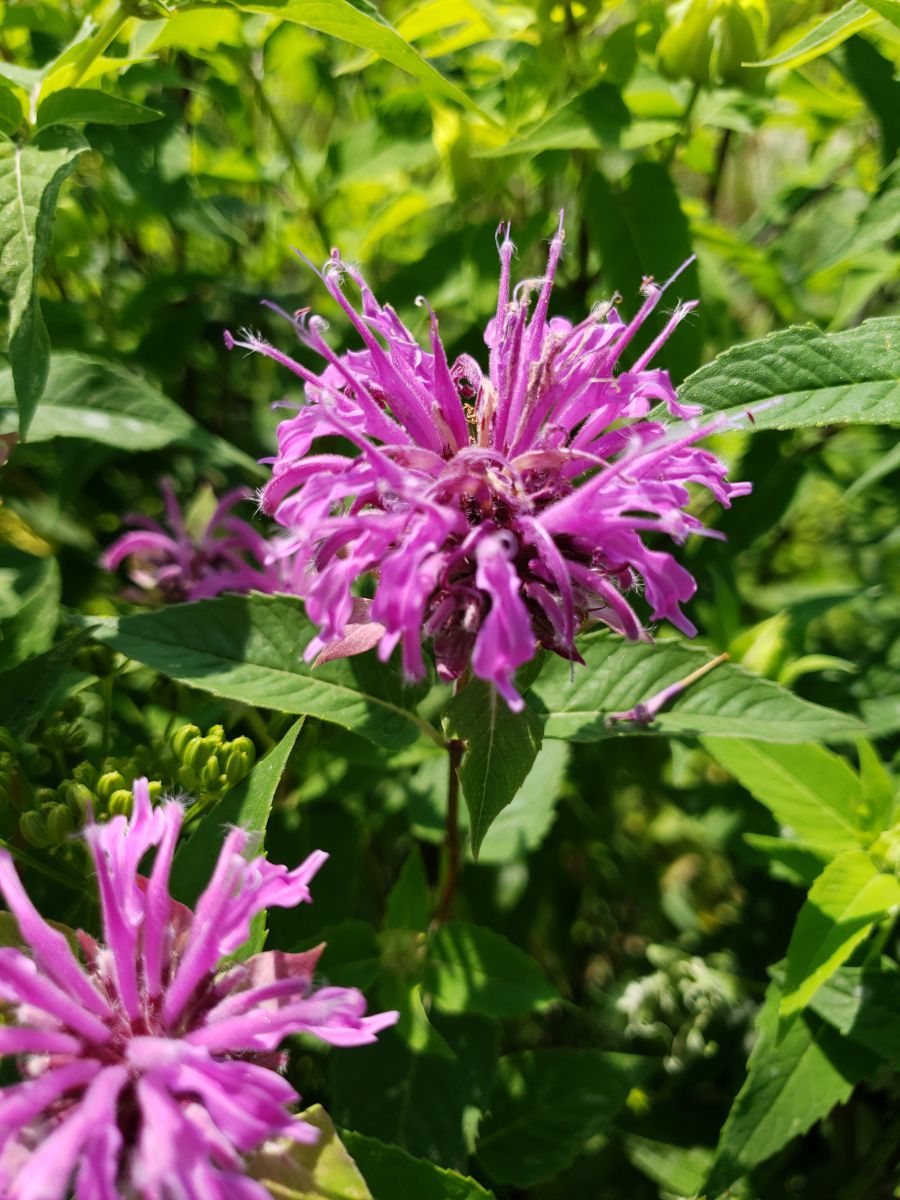Wisconsin Native Plant Sources
City Engineering strongly encourages Madison residents to use native plants in their yards. Native plants evolved in this region of North America. They adapted to the unique growing conditions of the upper Midwest.

Many native plants have very large, deep root systems. Bigger root systems mean that each plant can use more water, and deeper roots mean that a given area can hold more water. For this reason Engineering uses native plants on our stormwater ponds and greenways to create better infiltration.
Native plants have other benefits. Many native plants are hardy, drought-resistant and easy to grow. They require less, or no, fertilizer. They provide suitable food and shelter for Wisconsin native wildlife including our important pollinator species. They can help prevent erosion and reduce runoff pollution.
Selecting Native Plants
Native plants are beautiful and varied and include grasses, wildflowers, trees, shrubs and vines. With so much variety, it is possible to find plants that will flourish in almost any urban condition. When selecting native plants it helps to consider your unique conditions:
- Solar exposure, i.e. How much sun does your yard receive?
- Type of soil
- Topography, i.e. are there low-lying spots where water pools? Higher and drier areas?
- Potential sources of pollution (including runoff lawn fertilizers/pesticides, winter salt, driveways)
- Desired amount of screening
- Competition from other species, especially invasive species
- Wildlife species you may be trying to attract

Native Plant: Bergamot
Some native plants may even flourish regardless of location and site conditions. Resources to help you select specific species include:
- City of Madison Engineering Rain Garden Plant Lists
- Wisconsin Department of Natural Resources Native Plant Guides
- Xerces Society Pollinator Friendly Plant Lists
- Audubon Society Native Plants for Birds
- Invasive Plants Association of Wisconsin (IPAW) Roles for Native “Weeds”
- IPAW List of Native “Weeds”
- Watch "Pollinator Pointers"
